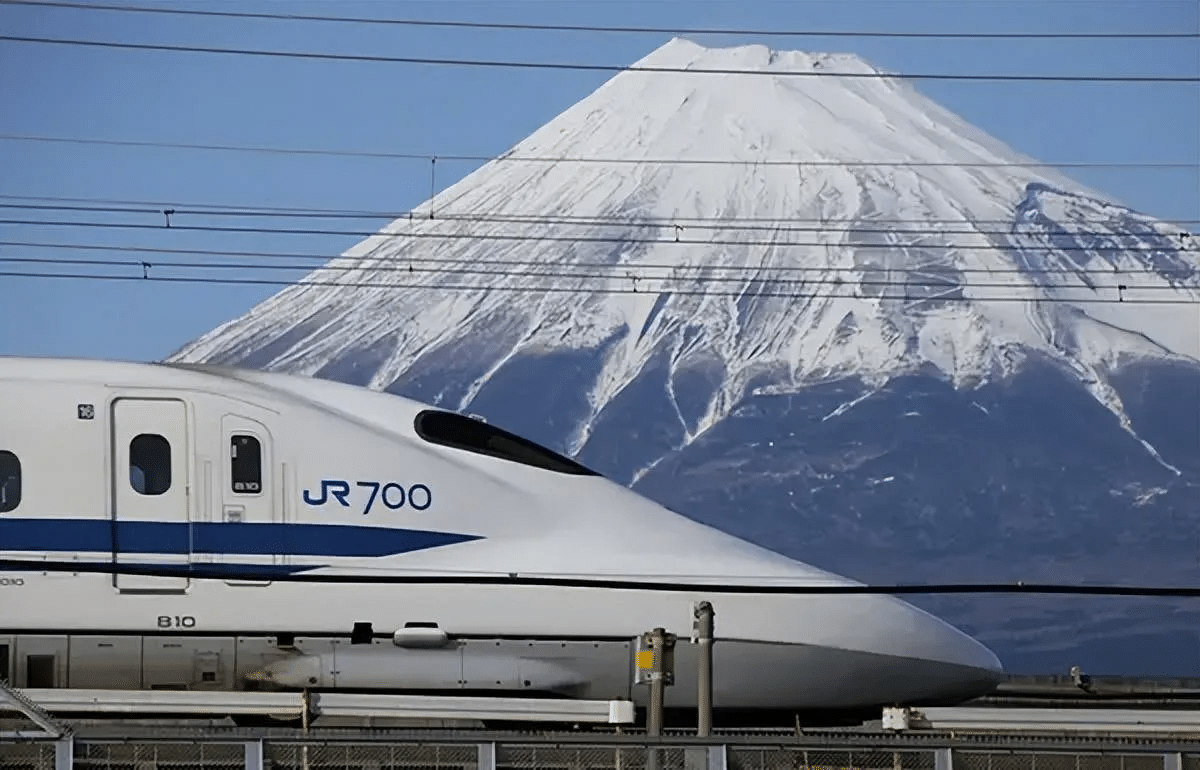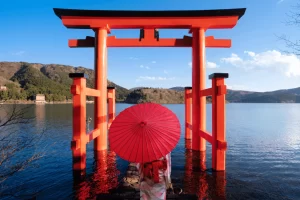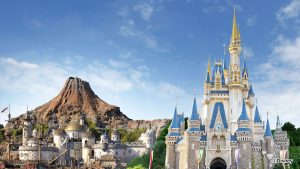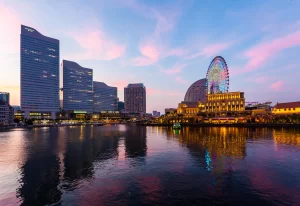How to Navigate Tokyo Transfers to Yokohama, Kamakura, and Mt. Fuji
Without the Stress, How Do You Get From Tokyo to Yokohama, Kamakura, and Mt. Fuji?
If you are visiting Japan, you most likely wish to see somewhere else than Tokyo. But sorting Tokyo transfers to Yokohama, Kamakura, and Mt. Fuji among so many train lines, passes, and options can be taxing. Which train ought you to ride? How best can one save money and time? And how can one stay from lost in Tokyo’s vast public transport system?
Having travelled these paths many times, I will go over what you need to know—the fastest, least expensive, and most picturesque paths to get to every location. I have you covered whether your taste is for the futuristic cityscape of Yokohama, the historic temples of Kamakura, or the amazing views of Mount Fuji.
If you are visiting Japan, you most likely wish to see somewhere else than Tokyo. But sorting Tokyo transfers to Yokohama, Kamakura, and Mt. Fuji among so many train lines, passes, and options can be taxing. Which train ought you to ride? How best can one save money and time? And how can one stay from lost in Tokyo’s vast public transport system?
Having travelled these paths many times, I will go over what you need to know—the fastest, least expensive, and most picturesque paths to get to every location. I have you covered whether your taste is for the futuristic cityscape of Yokohama, the historic temples of Kamakura, or the amazing views of Mount Fuji.
Tokyo to Yokohama – The Most Practical Day Trip in Japan
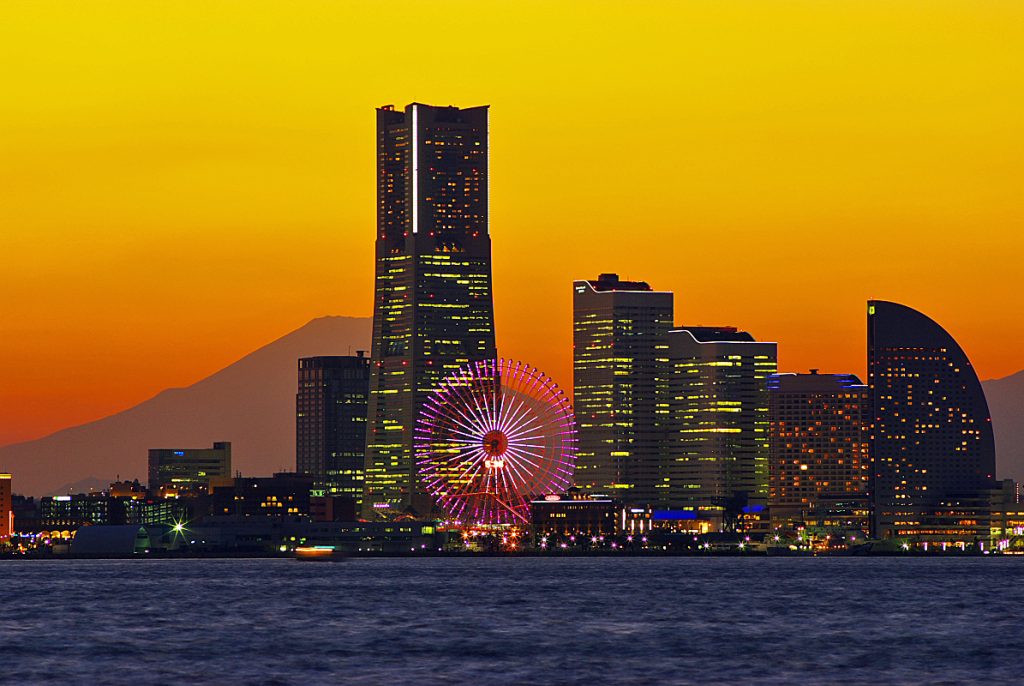
Why should I go to Yokohama?
Though it is Japan’s second-largest metropolis, Yokohama, just south of Tokyo, feels shockingly different. Along with a vibrant Chinatown and amazing waterfront vistas, it features interesting museums such as the Cup Noodles Museum. Besides, getting there is quite simple.
Best Ways to Get from Tokyo to Yokohama
1. Train (fastest & advised choice)
Tokyo’s vast train system makes reaching Yokohama easy. Your best possibilities are:
- JR Tokaido Line (fastest route) – From Tokyo Station to Yokohama Station in 25 minutes, costing roughly $4.
- JR Yokosuka Line – About 30 minutes, direct from Tokyo Station.
- Tokyu Toyoko Line – Perfect for Shibuya visitors looking to go straight to Minato Mirai.
For most passengers, these trains are the ideal option since they are regular, dependable, and reasonably priced.
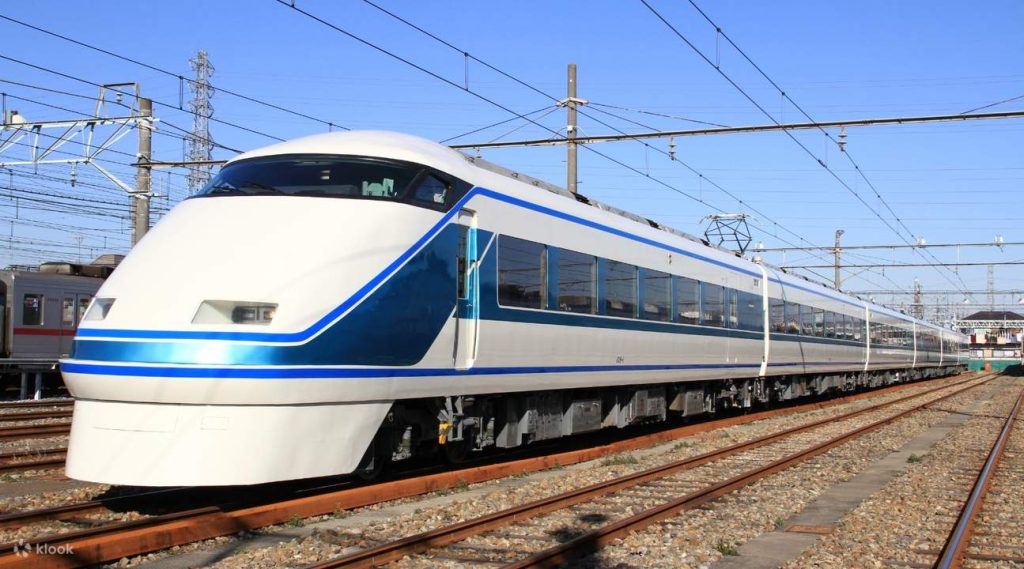
2. By Bus (not ideal for most visitors)
Although they cost $5–8 and take longer—about 45 minutes—there are highway buses from Tokyo to Yokohama. If you’re leaving Narita or Haneda Airport, buses are more practical.
3. By Taxi (expensive yet cozy)
From Tokyo to Yokohama, a taxi will get you there in 30 to 40 minutes; still, you should budget at least $50+. Only if you want a private journey or have large bags would this be a good choice.
| Destination | Mode of Transport | Travel Time | Cost (Approx.) | Comfort Level | Availability |
| Tokyo → Yokohama | Train (JR Tokaido Line) | ~25 min | $4–5 | ★★★★☆ | Every 5–10 min |
| Train (Tokyu Toyoko Line) | ~30 min | $3–4 | ★★★☆☆ | Every 5–10 min | |
| Bus | ~45 min | $5–8 | ★★★☆☆ | Limited routes | |
| Taxi | ~30–40 min | $50+ | ★★★★★ | Always available |
Yokohama Must-Visit Attractions
Once you are here, here are the best places you really should not miss:
- Minato Mirai 21 – A magnificent waterfront area including museums, stores, and the famous Landmark Tower.
- Yokohama Chinatown – The biggest Chinatown in Japan, ideal for foodies.
- Cup Noodles Museum – Discover quick ramen and even create your own!
- Sankeien Garden – Perfect for those who enjoy natural surroundings, a calm Japanese garden.
- Yamashita Park – A wonderful beachfront park with great views.
Tokyo to Kamakura – The Ideal Combination of Nature and History
Why Come See Kamakura?
Kamakura is essential viewing if you enjoy history. Often referred to as “The Kyoto of Eastern Japan,” this coastal town boasts a laid-back seaside vibe, a well-known 13-meter-tall Great Buddha, and old temples.
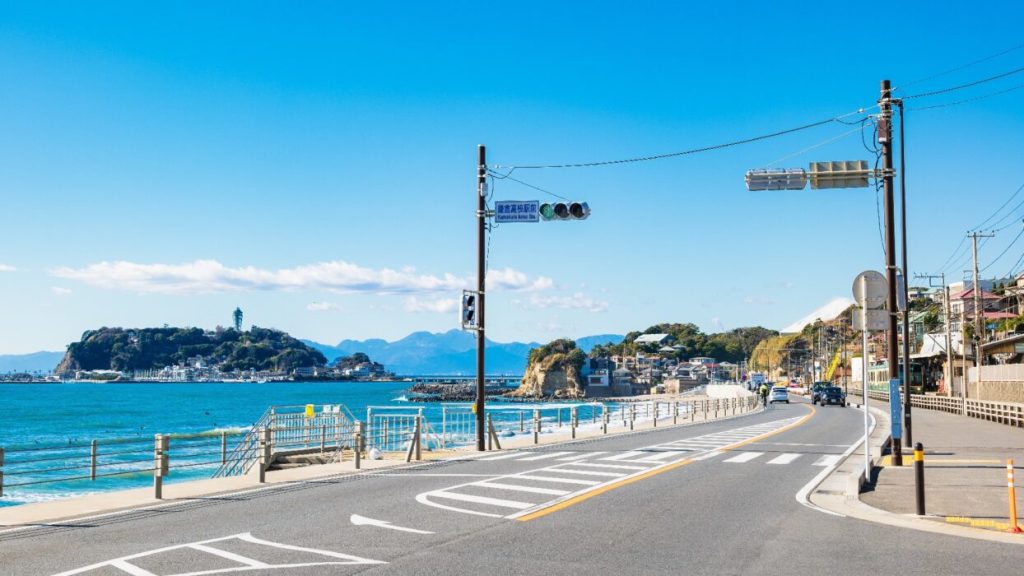
Best Ways to Get from Tokyo to Kamakura
1. Train (Best & Most Popular Option)
- JR Yokosuka Line – Direct and fastest, from Tokyo Station to Kamakura Station in 55 minutes, costing roughly $9-10.
- JR Shonan-Shinjuku Line – Ideal for Shinjuku residents, taking just one hour.
- Enoshima Electric Railway (Enoden Line) – A lovely seaside ride linking Kamakura to Enoshima Island.
Kamakura trains operate regularly, hence there’s no need to worry about missing one!
2. By Bus (not advised)
Compared to the train, buses take 1.5 to 2 hours, making them far slower. You would be wiser to stick to the rail system.
3. By Taxi (Expensive but Possible)
A taxi trip from Tokyo to Kamakura runs about $100+, which is only worth it if you’re traveling with a group or carrying plenty of bags.
| Destination | Mode of Transport | Travel Time | Cost (Approx.) | Comfort Level | Availability |
| Tokyo → Kamakura | Train (JR Yokosuka Line) | ~1 hour | $9–10 | ★★★★☆ | Every 15 min |
| Train (Enoshima Electric Railway) | ~1 hour | $8–10 | ★★★☆☆ (Scenic) | Frequent | |
| Bus | ~1.5–2 hours | $10+ | ★★★☆☆ | Limited routes | |
| Taxi | ~1.5 hours | $100+ | ★★★★★ | Available |
Kamakura Must-View Attractions
Once you are here, take a look at these:
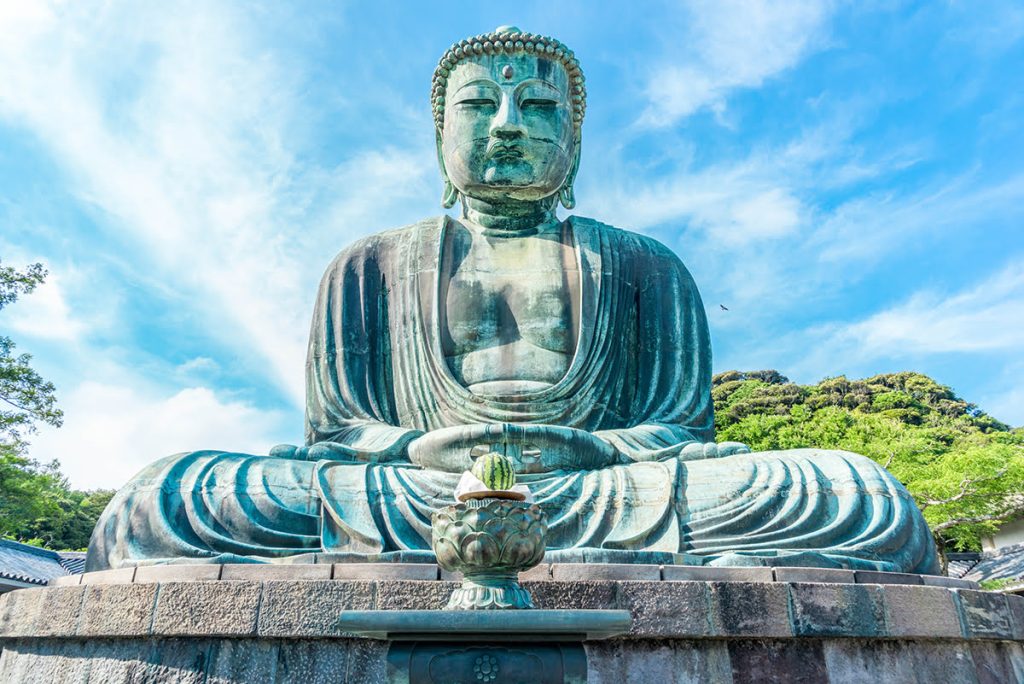
- Great Buddha (Kamakura Daibutsu) – Among the most well-known monuments in Japan.
- Tsurugaoka Hachimangu – A lovely Shinto shrine in the middle of Kamakura.
- Hase-dera Temple – Renowned for its breathtaking sea vistas and June hydrangea blossoms.
- Komachi Street – A vibrant commercial area featuring great street cuisine.
- Enoshima Island – A nearby island boasting beaches, shrines, and amazing views of the sea.
Tip: Get the Enoshima-Kamakura Free Pass for unrestricted train travel if you intend to visit both Kamakura and Enoshima!
Tokyo to Mount Fuji – The Perfect Scenic Getaway
Why Should I See Mount Fuji?
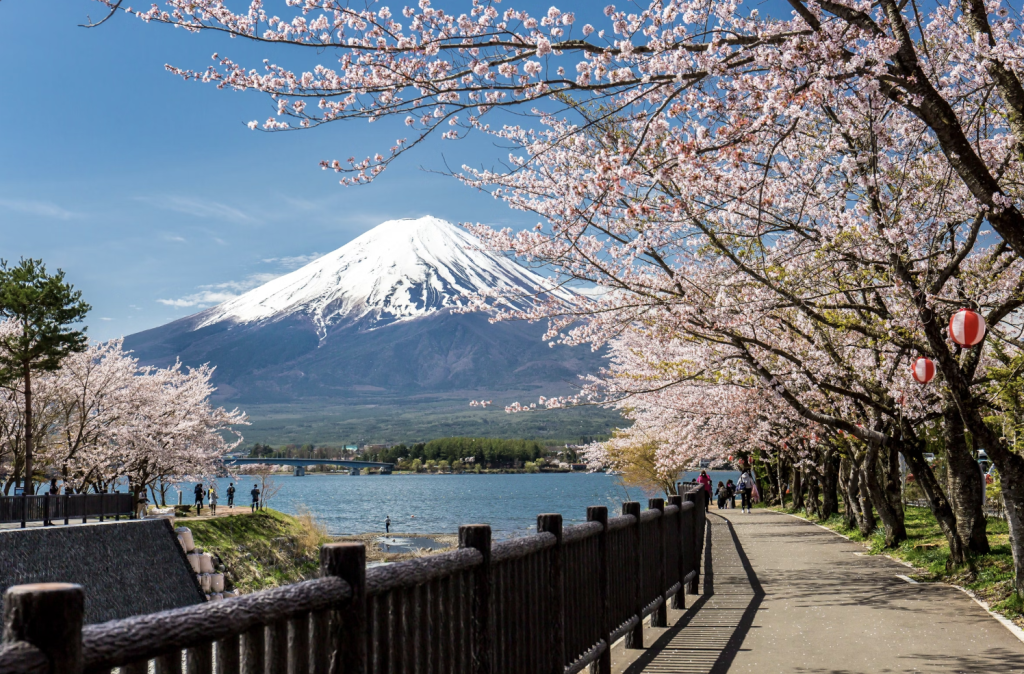
Nothing quite embodies Japan like the magnificent Mt. Fuji. A vacation to Mount Fuji is amazing whether your goals are climbing it, lounging in a hot spring with a view, or catching its flawless reflection in a lake.
Best Ways to Get from Tokyo to Mt. Fuji
1. Train + Bus (Most Efficient & Suggested Option)
- JR Limited Express Fuji Excursion – Direct from Shinjuku to Kawaguchiko Station, takes two hours, costing $20–25.
- Shinkansen (bullet train) + Bus – Take the Shinkansen from Tokyo to Mishima Station, then hop on a bus to Fuji Five Lakes (2.5 hours total, ~$30–40).
These choices provide spectacular scenery, comfort, and speed!
2. By Budget-Friendly Highway Bus
- Direct highway buses from Tokyo (Shinjuku, Shibuya, or Tokyo Station) take two hours, costing $15–20.
- Perfect for budget travelers, but buses can be delayed depending on traffic.
3. By Tour Package (Best for Convenience)
Consider a Mt. Fuji day trip if you want a hassle-free experience. These usually include:
- Round-trip travel
- Stops at Gotemba Outlets, Chureito Pagoda, and Lake Kawaguchi
- English-speaking guides
Although the prices start at $80+, the convenience justifies it.
| Destination | Mode of Transport | Travel Time | Cost (Approx.) | Comfort Level | Availability |
| Tokyo → Mt. Fuji | Train (Limited Express Fuji Excursion) | ~2 hours | $20–25 | ★★★★☆ | Few direct trains |
| Train + Bus (Shinkansen + Mishima Bus) | ~2.5 hours | $30–40 | ★★★★★ | Requires transfer | |
| Highway Bus | ~2 hours | $15–20 | ★★★☆☆ | Frequent, budget-friendly | |
| Tour Package | ~8–10 hours (round trip) | $80+ | ★★★★★ (Guided) | Pre-booking required |
Mount Fuji Must-Visit Attractions
- Lake Kawaguchi (Kawaguchiko) – A stunning location for Mt. Fuji reflections.
- Chureito Pagoda – The traditional postcard perspective of Fuji featuring a pagoda in the foreground.
- Fujisan Sengen Shrine – A revered shrine at the base of the mountain.
- Fuji Five Lakes Area – Perfect for nature enthusiasts, hot springs, and hiking.
- Gotemba Premium Outlets – The best outlet mall in Japan, designed with amazing Fuji views.
Making the Most of Your Journey
Traveling beyond Tokyo is truly one of the best ways to experience the full spectrum of Japan’s beauty, culture, and history. The destinations of Yokohama, Kamakura, and Mt. Fuji each offer something special and unique, making them fantastic choices for any traveler looking to venture outside Tokyo. Whether you’re a nature enthusiast, history buff, foodie, or someone simply looking for an adventure, these locations offer something for everyone. The convenience and accessibility of Tokyo transfers to Yokohama, Kamakura, and Mt. Fuji make them perfect day trips or even weekend getaways.
Quick Recap – Your Ideal Travel Plan
When planning your travels from Tokyo to Yokohama, Kamakura, and Mt. Fuji, it’s essential to know what you’re hoping to get out of the trip. Here’s a quick summary to help you decide on your perfect itinerary.
- Yokohama – A vibrant and futuristic city that feels more cosmopolitan than Tokyo itself. Perfect for a quick day trip to experience modern urban vibes, fascinating museums, shopping, and stunning waterfront views. Whether you’re visiting for the iconic Minato Mirai, Japan’s largest Chinatown, or the interactive Cup Noodles Museum, Yokohama offers a blend of international flair and local charm. Just 25 minutes from Tokyo, it’s an ideal choice for travelers seeking modern experiences.
- Kamakura – Known as the “Kyoto of Eastern Japan,” Kamakura offers travelers a perfect mix of nature and history. From the towering Great Buddha to its serene temples and shrines, Kamakura exudes a peaceful, timeless aura. It’s ideal for those interested in ancient culture, beautiful temples, and scenic coastal views. It’s also one of the best places to see Japan’s spiritual heritage in a laid-back atmosphere. The train ride from Tokyo is quick and easy, and Kamakura’s relatively small size makes it an excellent choice for those who prefer to explore on foot.
- Mt. Fuji – The ultimate Japanese icon. If you’ve ever dreamed of seeing Mt. Fuji up close, then your time has come. Whether you’re hiking to the summit or simply enjoying the panoramic views from Lake Kawaguchi, Mt. Fuji’s majestic presence is something everyone should experience. It’s not just about the mountain—there’s so much to see and do in the surrounding area, including hot springs, lakes, scenic pagodas, and outlet shopping with views of the iconic mountain. The journey to Mt. Fuji is longer but incredibly rewarding for anyone looking to immerse themselves in nature, adventure, and breathtaking landscapes.
Pro Tips for a Stress-Free Trip
No matter where you’re heading, these pro tips will help you make the most of your Tokyo transfers to Yokohama, Kamakura, and Mt. Fuji and ensure a smooth and enjoyable journey:
1. Start Early – Beat the Crowds and Make the Most of Your Day
One of the best tips I can give you is to start early. Especially when heading to places like Yokohama, Kamakura, and Mt. Fuji, starting your day in the early morning allows you to beat the crowds, especially on weekends or holidays. You’ll have more time to explore without feeling rushed, and you can catch the best views or take pictures with fewer people in the background.
For example, if you’re visiting Kamakura, arriving early allows you to enjoy the Great Buddha before the tour groups arrive. Similarly, with Mt. Fuji, you’ll have the best chance to see the mountain’s snow-capped peak early in the morning, before clouds start to obscure the view. Yokohama’s Minato Mirai also looks stunning in the early hours, before the crowds flock in to the shopping districts and restaurants.
2. Pack Light and Use the Coin Lockers
While it might seem tempting to bring everything you might need for a day trip, Japan’s efficient and well-maintained train system can get crowded, especially in the mornings and evenings. Traveling light is the key to staying comfortable and moving quickly. Thankfully, Japan offers coin lockers at most major train stations, which are a fantastic way to store your heavy bags or large items while you explore. Lockers are available in different sizes, and the prices vary from about $3–7 for smaller lockers to more for larger ones.
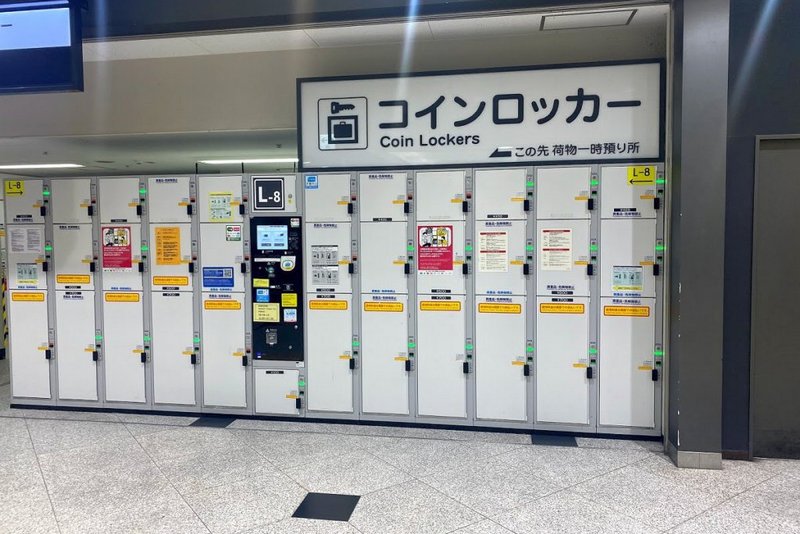
If you’re planning on heading straight to Mt. Fuji from Tokyo, I highly recommend leaving any unnecessary luggage at the Shinjuku Station lockers before your departure. This will save you the hassle of lugging around a big bag during your adventures. Additionally, if you plan to visit Kamakura and Yokohama, their main stations also offer plenty of lockers, making it easy to drop off your things and explore freely.
3. Book Your Tickets in Advance for a Smoother Ride
For trips that require reservations or special seats (especially the limited express trains to Mt. Fuji), it’s always a good idea to book your tickets in advance. Online reservations can help you avoid the stress of ticket queues, especially during peak tourist seasons like spring and autumn. Many train routes to Yokohama and Kamakura do not require advance bookings since they’re frequent and non-reserved, but if you’re traveling to Mt. Fuji, especially during the busy summer season, booking a seat on the Limited Express Fuji Excursion train can guarantee you comfort.
Booking tour packages for Mt. Fuji is also a smart move. These tours often include round-trip transport, stops at scenic points, and a guide. Plus, booking in advance ensures you get a seat on the highly popular buses or trains that fill up quickly. For example, the Highway Bus from Tokyo to Mt. Fuji can be reserved in advance to ensure a spot on the day you want to travel.
4. Check the Weather Forecast – Especially for Mt. Fuji
If you plan to see Mt. Fuji, weather is a big factor. The mountain is notoriously elusive, with its peak often hidden behind clouds, especially in the summer months. Checking the weather forecast for clear skies and no rain will increase your chances of seeing the mountain in all its glory. Winter provides the clearest views of Fuji, but it can be much colder, so dress warmly and check snow conditions before heading up.
If you’re visiting Yokohama or Kamakura, the weather is generally more forgiving, but it’s always wise to check before you go, especially during the rainy season (June–July) or winter months.
Making the Most of Your Time at Each Destination
Yokohama
Although you can do a lot in just a half-day trip to Yokohama, if you have time, it’s worth exploring beyond the usual hotspots. After checking out the Cup Noodles Museum and Chinatown, take a stroll through Sankeien Garden, which is a peaceful escape from the city’s hustle and bustle. This traditional garden features historic Japanese buildings, beautiful walking paths, and a tranquil pond. If you’re into shopping, head over to Minato Mirai, where you’ll find not only shops but also attractions like Yokohama Cosmo World, which boasts a giant Ferris wheel and an amusement park.
Kamakura
Kamakura is perfect for a relaxed and spiritual experience. Begin with the Great Buddha and then explore the numerous temples and shrines around the area. Don’t miss Hase-dera Temple, with its beautiful gardens and great views of the ocean. For a more spiritual experience, take the Tenen Hiking Trail that connects several temples. It’s a lovely hike through forested areas with occasional views of the coast and Mt. Fuji in the distance.
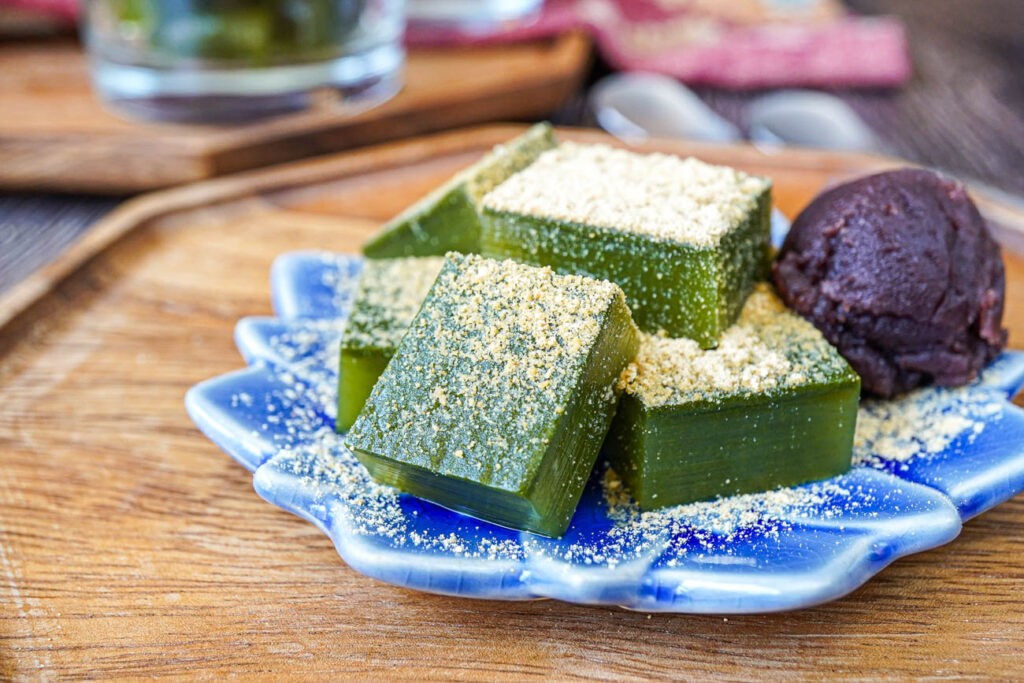
After a spiritual day, unwind at one of the many cozy tea houses or restaurants serving traditional Japanese sweets in the Kamakura area. Kamakura is especially known for its matcha-flavored desserts, so if you love green tea, this is the place for you.
Mt. Fuji
Visiting Mt. Fuji can be as relaxed or adventurous as you want it to be. If you’re not planning to climb it, Lake Kawaguchi is the perfect spot to enjoy panoramic views of the mountain. Take a boat ride or enjoy a leisurely walk along the lake. If you’re more of an adventurer, you can hike up to the Fifth Station of Mt. Fuji, or even higher if you’re up for it! Another option is to visit the nearby Gotemba Premium Outlets for shopping, offering fantastic views of Mt. Fuji while you shop for luxury brands at discounted prices.
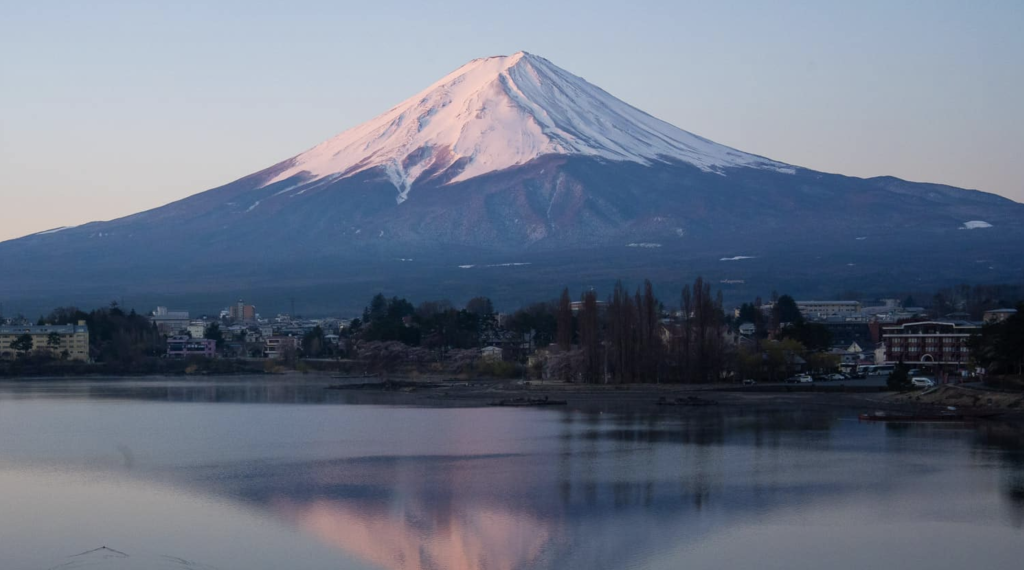
The Journey is Just as Important as the Destination
While exploring Tokyo is an experience in itself, the Tokyo transfers to Yokohama, Kamakura, and Mt. Fuji are what will truly show you the heart of Japan. From the bright lights and modernity of Yokohama to the ancient history of Kamakura and the awe-inspiring beauty of Mt. Fuji, each of these destinations offers something unforgettable. By planning ahead, starting your day early, and using practical tips like booking in advance, packing light, and keeping an eye on the weather, you’ll ensure that your trip goes smoothly and that you make the most of your time.
So, what are you waiting for? Japan is ready for you to explore—venture beyond Tokyo, and let the magic of these three destinations
